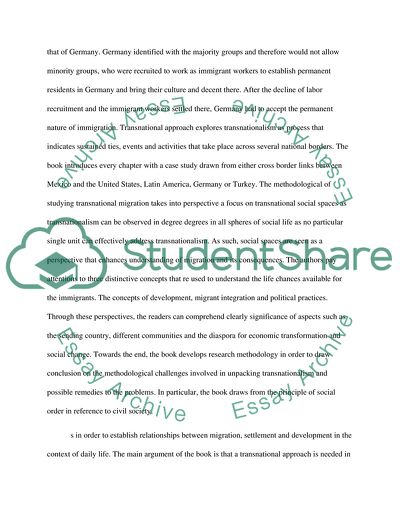Cite this document
(Transnational Migration Book Report/Review Example | Topics and Well Written Essays - 2250 words, n.d.)
Transnational Migration Book Report/Review Example | Topics and Well Written Essays - 2250 words. Retrieved from https://studentshare.org/social-science/1849397-transnational-migration
Transnational Migration Book Report/Review Example | Topics and Well Written Essays - 2250 words. Retrieved from https://studentshare.org/social-science/1849397-transnational-migration
(Transnational Migration Book Report/Review Example | Topics and Well Written Essays - 2250 Words)
Transnational Migration Book Report/Review Example | Topics and Well Written Essays - 2250 Words. https://studentshare.org/social-science/1849397-transnational-migration.
Transnational Migration Book Report/Review Example | Topics and Well Written Essays - 2250 Words. https://studentshare.org/social-science/1849397-transnational-migration.
“Transnational Migration Book Report/Review Example | Topics and Well Written Essays - 2250 Words”. https://studentshare.org/social-science/1849397-transnational-migration.


